With temples, artifacts and monuments.
The main and most impressionist structure at Angkor Thom is the Bayon temple.
This is a prime travel destination there are only very few countries with such a rich cultural background, that is here, the monuments at Bagan and a few spots in Thailand such as Ayutthaya and Sukhothai.
Actually every day trip to the monuments starts in Siem Reap where all facilities are including hotels, shopping and nightlife.
Day trip with the elephant, the city was built in the 12th Century, at that time religious symbolism played an increasingly visible role as it is represented with the mysterious smile at the face towers.
King Jayavarman VII (reigned about 1180-1217) a staunch Buddhist, was convinced to be a Bodhisattva the faces could be created after his face.
The Elephant terrace in Angkor Thom with the bas reliefs is a good place to study this artwork, although they are not very fresh anymore, with some fantasy it is possible to get a impression what was going of a few hundred yeas ago. All this places around were covered with jungle for a long time, read more.
The face towers also called Bayon faces are probably some of the most impressive monuments here one is the Elephant Terrace and another "The Takeo Temple Mountain". Zhou Daguan a Chinese diplomat who visited Angkor at 1296 – 1297 wrote that the faces could also be a Buddha Statue, read more.
The Takeo temple mountain had continuous reconstruction over several hundred years since war and demolition was continuously coming and going. In 1177 the Chan invaded Angkor but 4 years later the troops of King Jayavarman VII recaptured the city from the Chan, today the capital is Phnom Penh, read more.
In the course of reconstruction, the king had Angkor Thom built as the new capital, in the center of the new city the Bayon Structure was erected enclosed by a moat of 13 km length. Five gates gave way to the city, each one placed at the four cardinal points and the fifth led directly to the King's palace.
The old royal palace was built from the 10th Century to the 13. and used until the 16.Stairs lead up on all four side but some are broken, use the ones on the west-side to be on the safe side. Flanked with guardians which looks like lions and elephants on the corners, read more.
The modern royal palace at Phnom Penh pictured above is located close to the Tonle Sap River and the national museum, just the right environment. It was built with the help of the French since that was one of the first concrete building in the country, read more.
Along the causeway statues of demons and gods.
are placed, having the bodies of Nagas (mythical snakes). This scenes thought to have some connection with the Rainbow bridge in Hindu mythology which connects the humans with the gods through the temple.
The demons move from the right side of the city gates against the gods at the other side. Nine headed Nagas (mythical snakes) and 54 Asuras (demons) are holding them at the right side and on the left side are 54 Devas (gods) holding them.
The gates to the Bayon are crowned with huge face towers and large enough for elephants to pass, today vans cross through. Every gate has a similar size and is guarded by mythical figures, read more.
The Bayon was built in the center, the first State Buddhist temple.
Jajavarman VII begun building in 1200 over the old city of Udaydityavarman II centered on his Baphuon.
He surrounded it with a gigantic moat at least a hundred meters wide and 15 km long. It became the focus of a final, huge complex of canals and irrigation, with extra barays. He walled it completely; and in the walls five gates marked by huge gate-pavilions were constructed.
The four gates were at the cardinal points, and the fifth gate in the east wall was there to keep the old road open which links the Phimeanakas to Ta Keo, which lay slightly to the north of the east west center line.
The pavilions embody the outstanding architectural invention of Jayavarman's reign, which has become almost a symbol for Angkor the tower with four colossal faces looking out in the four cardinal directions. These faces, which in some way are related to the icon of Lokeshvara, at the same time symbolize the power of the king, demonstrating his domination of the four quarters of the world.
The Bayon which was Jayavarman's own sacred temple-mountain at the very centre of Angkor Thom, is crowded with towers, most of which carry the same motif. The masks are combined with the terraced tiers of the towers, with their corner-recesses and projecting false porches, in such a way that the section becomes virtually octagonal. The elevations present both the curved and the pointed, sprouting-shoot contour.
The arches of the gateways,
Here is a 3D google map
The outer Bayon relief
It reminds very much to the relief depicting Buddhist Jakata
stories at Bagan Myanmar, the relief here are only substantial bigger and some elephants are included.
At the eastern gallery Khmer warriors are depicted as well as people who prepare to eat. At the beginning of the south gallery the battle in the lake is shown where the forces of King Jayavarman VII defeated the Chan. The relief on the west and north side make a rather unfinished impression.
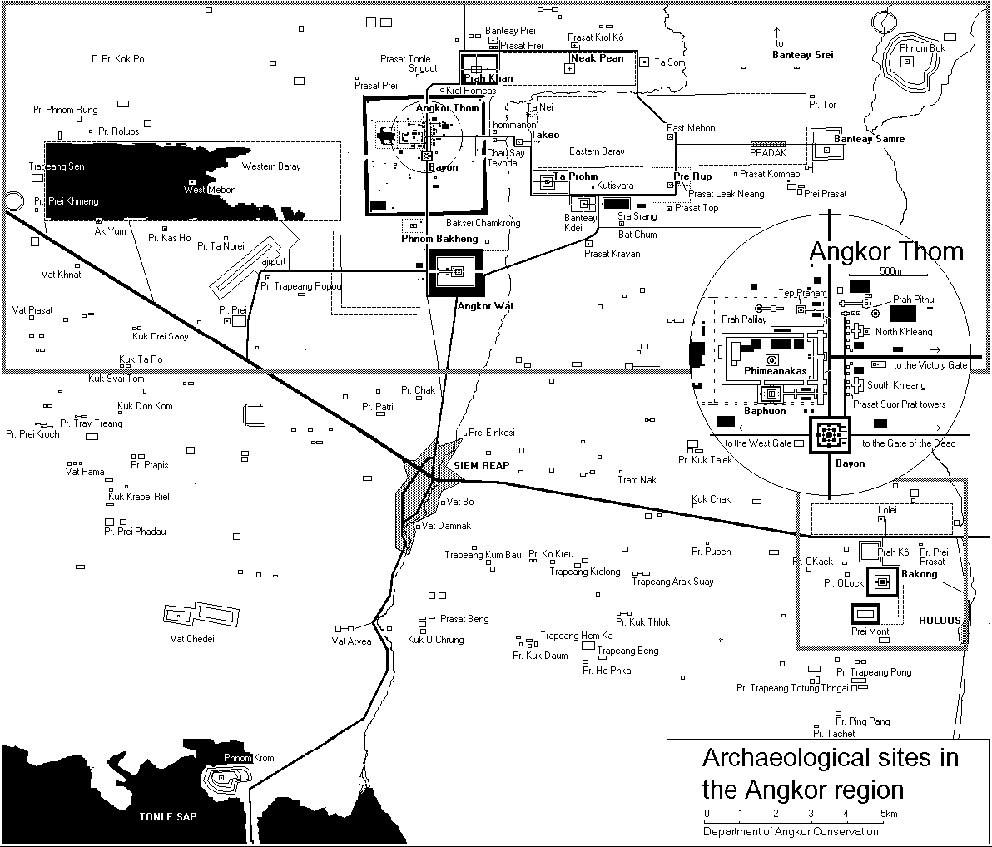 |
| Old Map |
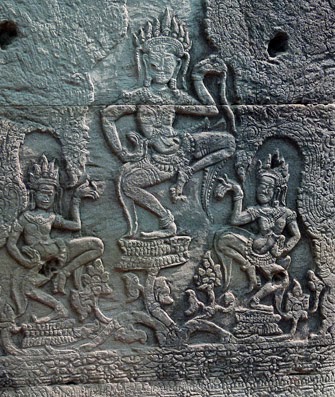 |
| Apsara Dancer |
One of the amazing artworks are Apsara Dancer
They are made from sandstone in form of a relief sculpture and they look gorgeous. This where the women who take care about the king and for other occasion. To see this pretty exotic sexy girls is always a pleasure.
They are also very lively today just whats the video below that's dancing in Siem Reap which is the main town at Angkor Thom, read more.


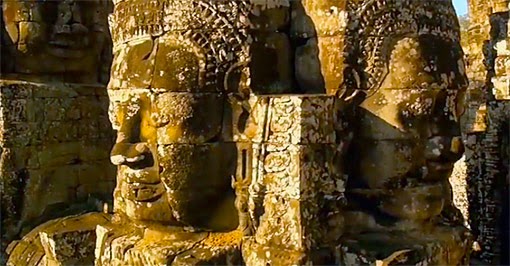
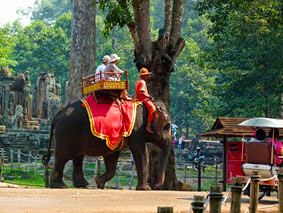
.jpg)
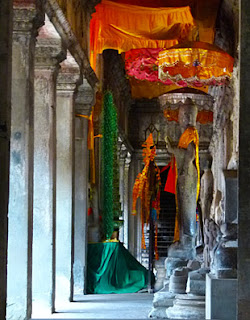
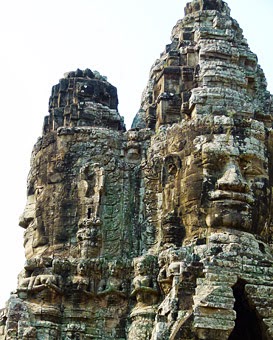
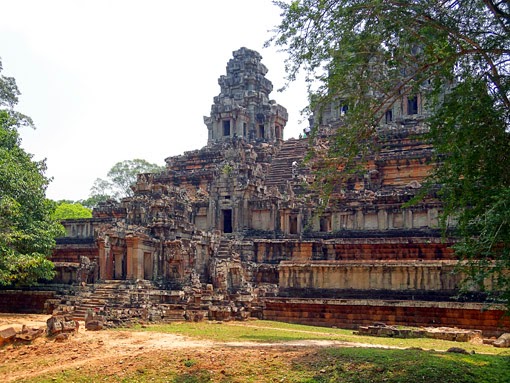

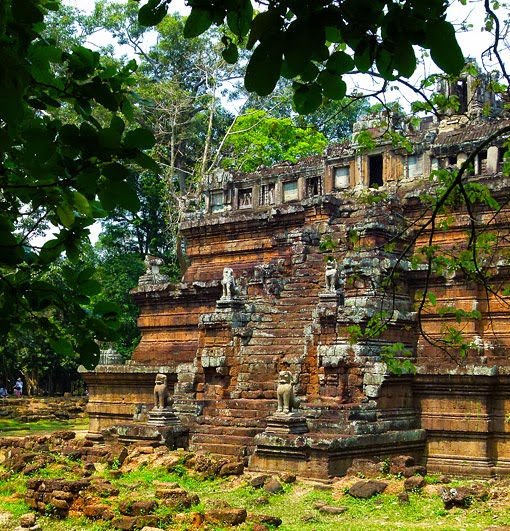
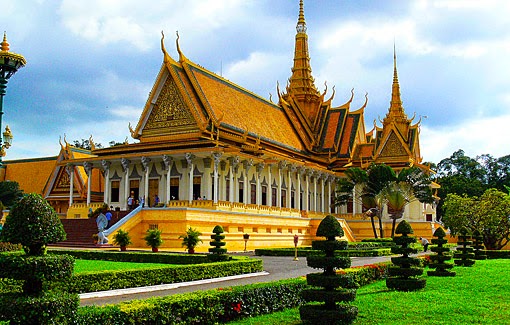
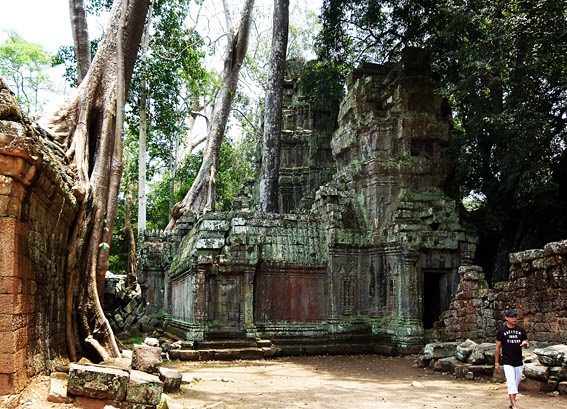
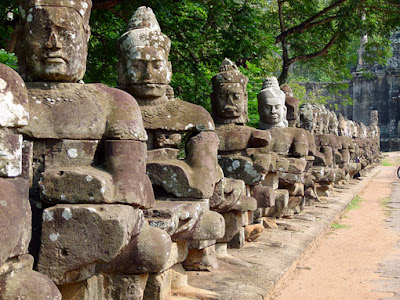
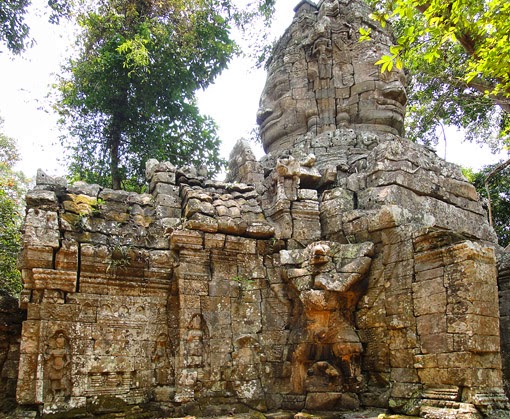
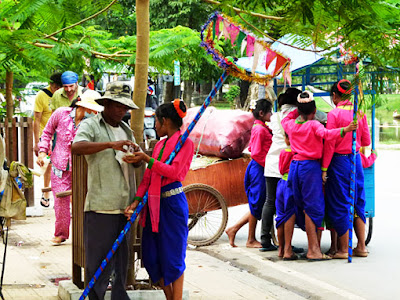
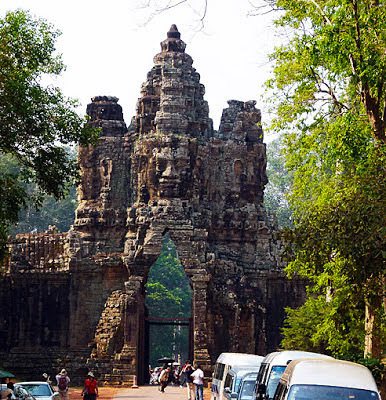
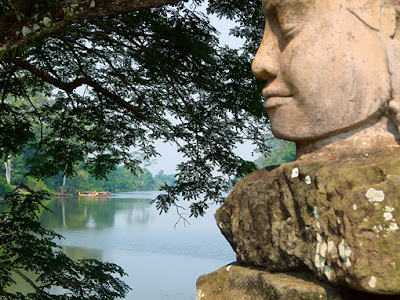
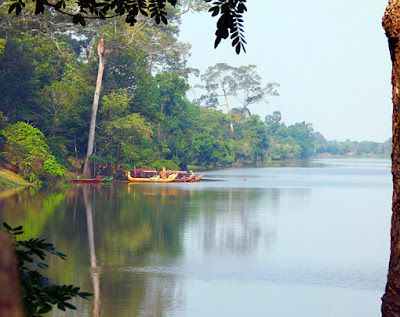
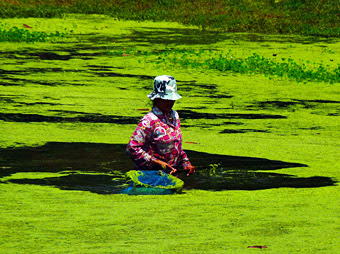
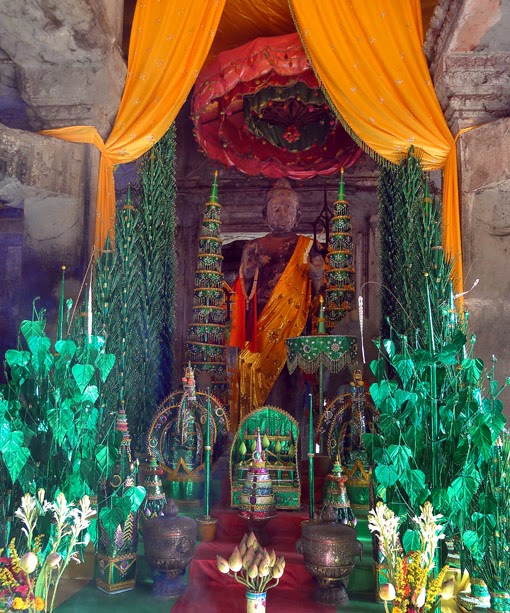
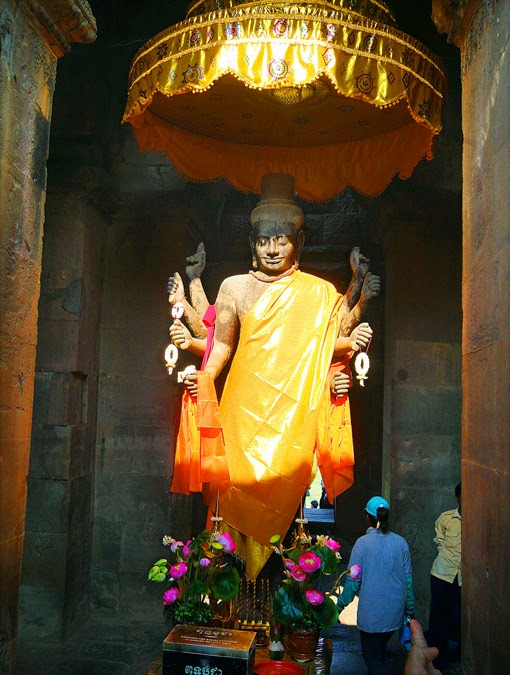
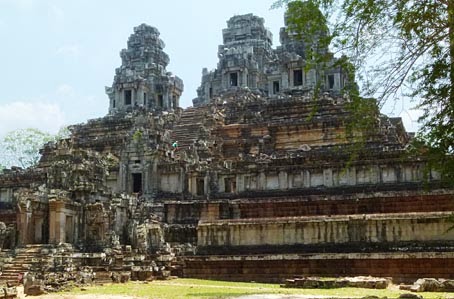
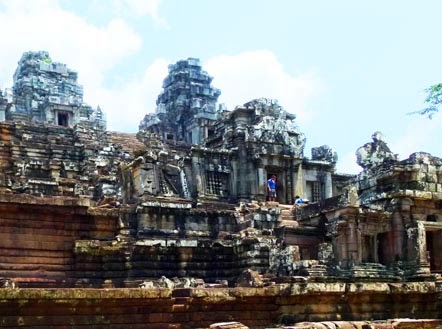
.jpg)


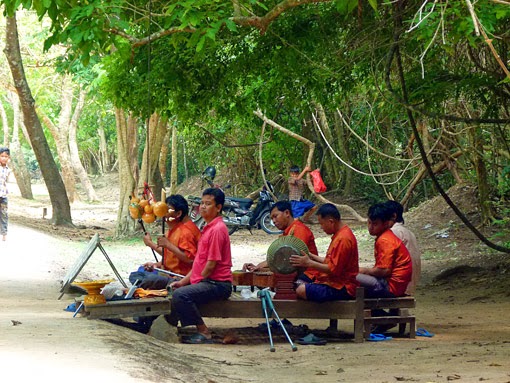
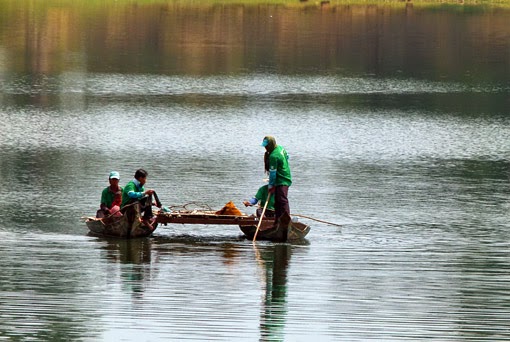
.jpg)
.jpg)
.jpg)
.jpg)
.jpg)
.jpg)
.jpg)
.jpg)
.jpg)
.jpg)
.jpg)
.jpg)
No comments:
Post a Comment